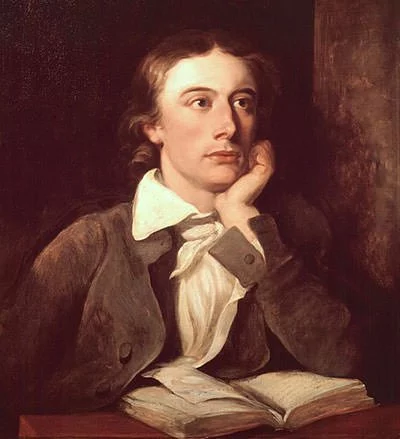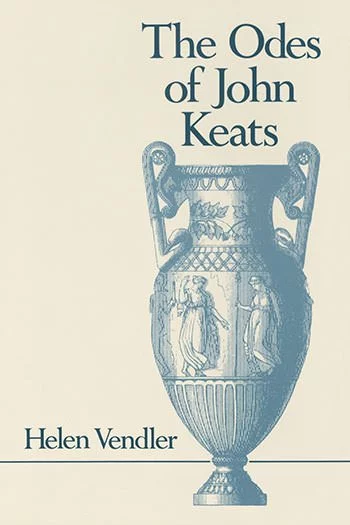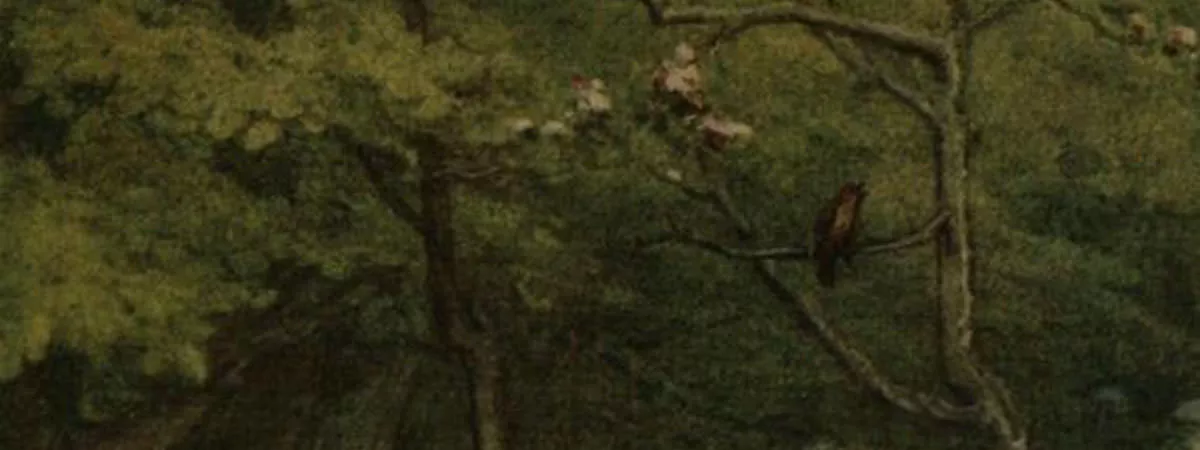John Keats (October 31, 1795 – February 23, 1821) was an English poet who is widely regarded as one of the greatest poets of his generation. Romanticism was an artistic and literary movement that originated in Europe toward the end of the 18th century and peaked in the first half of the 19th century. It was characterized by its emphasis on emotion and individualism as well as glorification of all the past and of nature. Keats, referred to as “a pure Romantic” poet, was part of the Second Generation of Romantics. Among other things, Keats is regarded as a Romantic poet for his fondness of sensation, the rich aesthetic of his language and his love for nature. Know more through this analysis of John Keats as a Romantic poet.
The 1770s and 1780s as well as the 1830s and 1850s (as per varied understandings) is referred to as the Romantic era in the cultural history of the Western world. Romanticism in Europe and America was partly in response to developments like industrialization, the age of revolutions and scientific rationalization of nature. In the fields of art and philosophy the period would see the rejection of established ideas of balance, restraint, proportion and objectivity in favour of the values of imaginative spontaneity, wonder and emotional self-expression. The cultural movement would thus redefine the fundamental ways in which people in Western cultures thought about themselves and about their world.
John Keats, along with Shelley and Byron, is regarded the most prominent among the second generation of Romantic poets, following the likes of Wordsworth and Coleridge, who belonged to the first generation. Born in the age of transition and revolution, the Romantics had quite consciously set out to transform how people perceived the world. For them imagination was the supreme faculty of the mind as opposed to the traditional view of the superiority of reason. “Nature” was often presented by them as a work of art born from the divine imagination, displacing the rationalistic view of the universe as a machine. The Romantics asserted the importance of individualism; and emphasised on instinct, intuition and the power of emotion as opposed to pure logical reason. They declared freedom from what they saw as mechanical rules. Moreover, they advocated boldness over restraint; and suggestiveness and symbolism over the neoclassical ideas of clarity.

An early imitator of Spencer, Leigh Hunt and Milton, John Keats showed tremendous growth in a short span of time and developed his craft to match the best in the business. His distinct choice of subjects and style made him stand out among other major poets of his time. He was thus a poet of legend and myth, of romance and chivalric tale, his style laden with rich ornamented diction bringing out the suggestive beauty of his art.
Keats is considered as a Romantic for his fondness of sensation, the rich aesthetic of his language, his fascination towards Medieval and Hellenic themes, his love for nature and his poetic quest for true beauty. Like other Romantics, imagination played a vital role in his poetry. He would once write to Shelly “My Imagination is a Monastery and I am its Monk”. Keats’s imagination was however supported by what he called “negative capability”: “when man is capable of being in uncertainties, mysteries, doubts, without any irritable reaching after fact & reason”. The poem “La Belle Dame Sans Merci” is cited as a prime example of this theory.
Keats’s once famously said “A thing of beauty is a joy forever”. His devotedness for nature and beauty may be observed in his various creations, where almost like a painter he paints his creations with vivid colours and sensual imagery. Poems like “Endymion”, the “Pot of Basil” and “The Eve of St. Agnes” are noteworthy. Such poems stimulated the imagination of several readers, including notable artists and illustrators, particularly from the 1840s through the 1930s.
In the “Ode to a Nightingale”, Keats comments on “The weariness, the fever, and the fret” of real life, asking the bird to “to fade far away, dissolve and quite forget” them. These words are also seen to describe Keats’s “Escapism”, his captivation with nature and his frequent creative explorations into the mythical past. Poems like “Endymion” which were followed by “Hyperion”, “The Eve of St Agnes”, “Isabella”, “La Belle dame Sans Merci” and the “Ode on a Grecian Urn” would go on to become masterful examples of Keats’s “Escapism” and his Romantic poetry.

Keats first published work titled “Poems” appeared in 1817. Though an ordinary collection, the book included the outstanding sonnet “On First Looking into Chapman’s Homer”, giving the first glimpse of his genius. In the 1818 epic poem “Endymion”, Keats managed to weave an intricate allegory around a simple Greek myth, giving the readers many beautiful rich passages in his Keatsian style. The period beginning in the winter of 1818 and lasting for most of 1819 saw Keats take gigantic leaps as a poet, where he composed the most remarkable and mature work including the six great odes: “Ode on a Grecian Urn”, “Ode on Indolence”, “Ode on Melancholy”, “Ode to a Nightingale”, “Ode to Psyche” and “To Autumn”.
John Keats died in obscurity at a young age of 25, receiving little appreciation during his short career. He was however later revisited and revived by forthcoming generations and emerged to be considered as a profound Romantic poet. Poetry did not come easily to him; though his dedicated efforts and devotion to the art may have awakened his genius within. His rich compositions, intending to be truthful to his imagination and emotions, lacked any philosophical theory or morality. He was thus referred to as “a pure Romantic” poet by notable critic and writer Middleton Murry, an observation that many would agree on.
Main Sources:-
Colvin, Sidney. (1925). “John Keats: his life and poetry, his friends, critics and after-fame”. P1-11, 529-532. Macmillan and Co. Ltd. London.
Colvin, Sidney. (1891). “Letters of John Keats to his family and friends”. P46-48, P183-185, P365-366. Macmillan and co. and New York.
Drabble, Margaret (1985). “The Oxford Companion to English Literature”. P872-874.
Blechman, Max (1999). “Revolutionary Romanticism: A Drunken Boat Anthology”. P84,85. City Lights Books, San Francisco.
“John Keats”. Brooklyn College.

